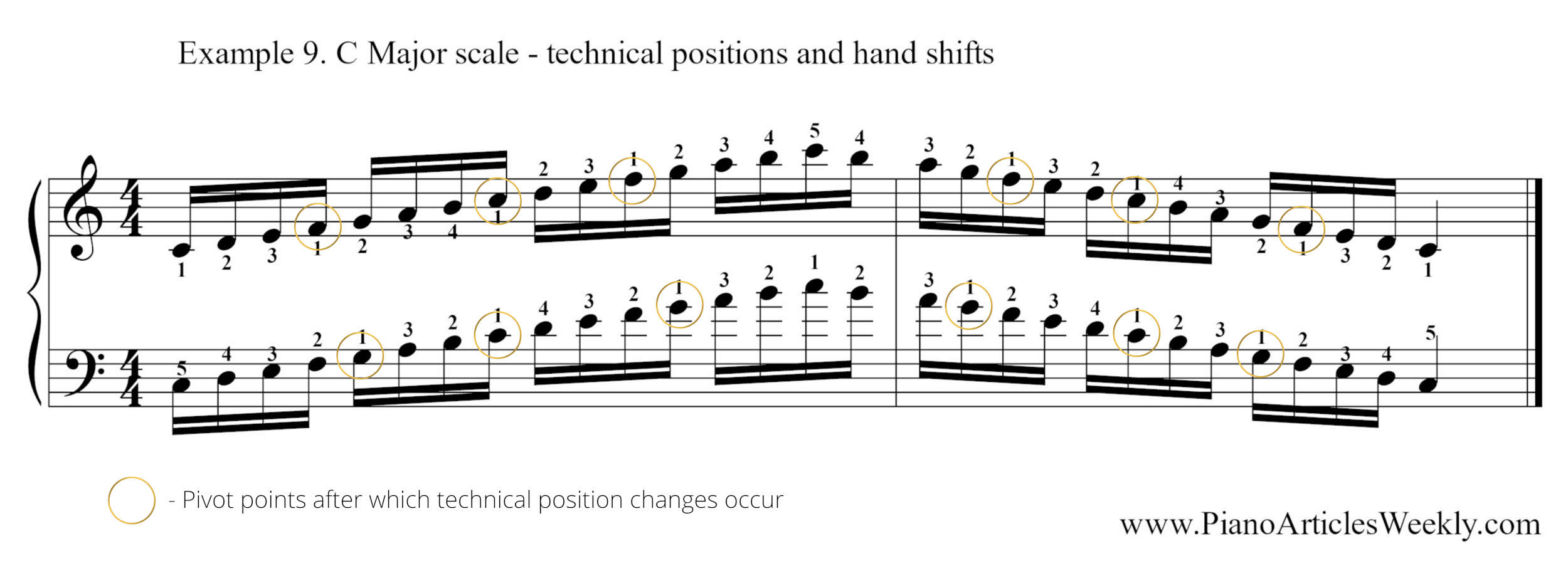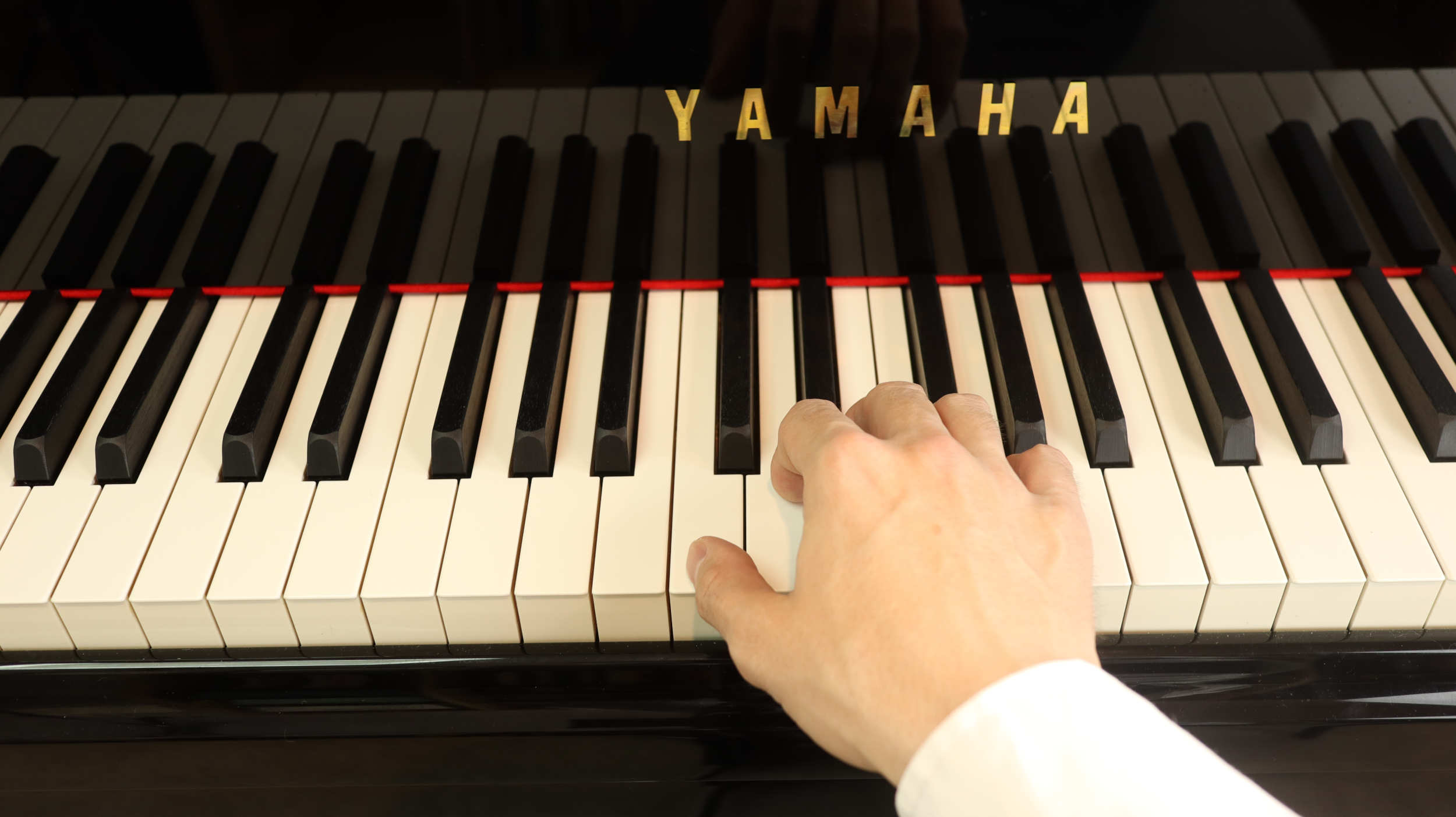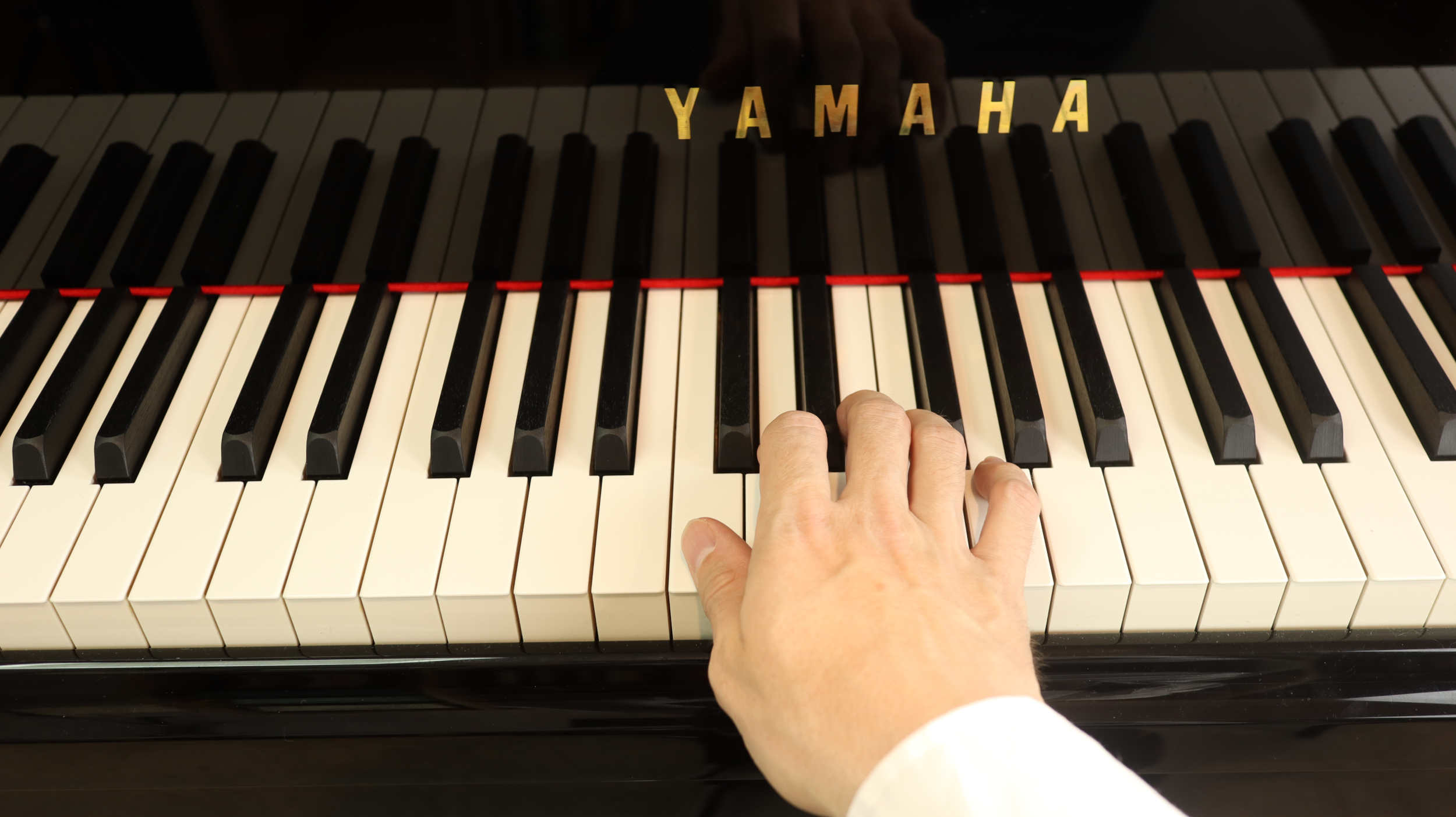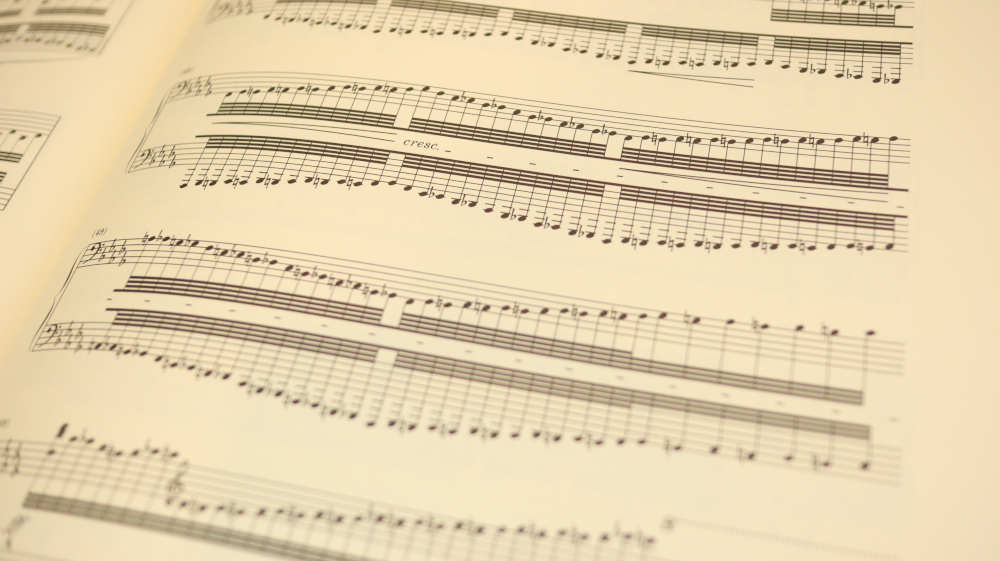Improving piano scales – foundations of piano technique
Today’s article discusses two important aspects of learning piano scales: the technical positioning, and hand and thumb shifts to improve the evenness and speed (over 200bpm with four notes per beat).
Please note that technical foundations for scales are a vast topic, and today’s article focuses only on a limited aspect of it. The requirement of well-articulated finger movement is not discussed here, even though it plays an essential role in piano scales practice.
The video example below displays a possible outcome of the practical application of principles discussed in today’s article.
In a professional piano study, learning scales can improve technical skills and clarity of articulation. Scales practice trains our ears to hear even the slightest variations regarding articulation and dynamics. It makes fingering patterns automatically, and as a result, it can significantly shorten the learning process of new repertoire while facilitating sight-reading skills at the same time.
In broad terms, performing scales efficiently and with an excellent artistic effect requires coordinating two distinct tasks with a high degree of precision. Task one relates to the speedy and clear execution of notes within a single technical position. The second task focuses on shifting the hand to the following position to allow for a smooth transition between notes located in more distant areas of the keyboard. To improve the speed and sound control of piano scales, both tasks need to be addressed.
Technical position
The term technical position refers to a group of notes which can be executed with a very little, to no horizontal movement of the palm. In piano scales, the technical position is often enclosed between the two nearest occurrences of thumb.
There are two distinct technical positions contained in every major and minor scale (melodic and harmonic). The following examples illustrate this division as it is found in a C major scale:




Please note that the rhythmical division present in the examples has no particular significance. It was dictated purely by the visual consistency of examples.
Now, that we are familiar with the theoretical background for each division, the video below shows the spatial presentation of each position. Please note that the hand and wrist move very little to each side and the thumb moves under the palm to keep it steady.
The following four examples explore the same aspect of the C major piano scale – this time in the context of the left hand.




The video below demonstrates the above score examples in practice.
It is worth noting that the positions and shifts are mirrored in contrary motion scales.
To continue performing the C major scale for four octaves, the two positions are interchanged in each octave. Please note that the final position is just a slight modification of position 1, with the added fifth finger to turn around.
The practice strategy demonstrated in the two videos above can be successfully used to improve the thumb movement (under the palm) to avoid exaggerated horizontal and vertical palm shifts. Such practice can contribute to a significant improvement in executing piano scales.
Position shift
The term position shift refers to the significant horizontal movement of the pianist’s palm. The goal of the hand shift is to move the palm smoothly – and when necessary quickly – between two separate positions. After fingers do their work in a particular position, the shift occurs and places the hand in a new area of the keyboard where fingers may continue their work.
Example 6 below indicates the exact places (pivot points) within the C major piano scale where position/palm shifts occur:

The two videos below demonstrate the position shifts for the right and left hand.
Role of thumb in piano scales
As can be seen in the videos above, the thumb moves in a particular manner to help the hand to remain in a single position without significant horizontal shifts. The thumb needs to shift under the palm and execute its note without much assistance from the hand.
The photo below illustrates the correct positioning of the thumb.

The following photo demonstrates an incorrect thumb position.

In this current article, the thumb position is mentioned only briefly for the sake of clarity. It is important to stress that the role of thumb movement and its position in correlation to the keyboard is indeed vital in learning piano scales, and it deserves a separate post.
Block exercise to help you practice position shifts in piano scales
I would like to finish this post by introducing a practice strategy which consolidates the theory discussed above. The exercise is often called clustering or practicing in blocks because it bunches together notes from a single technical position creating a cluster of sound. Those blocks are then connected by the action of the thumb. The exercise is shown in Example 10 (right hand) and 11 (left hand), while the complete exercise is demonstrated on the following video.


The hand and thumb movements on the video are rather rigid, quick, and exaggerated for visibility. When practiced at a very slow tempo, this strategy makes each action very clear and distinct. As the speed progresses, all those rigid movements end up ‘floating’ one into another to create one smooth horizontal or slight circular motion of the palm.
Conclusions
The theoretical foundations of piano scales and the exercises described in this article are not a quick-fix solution to issues related to piano scales problems. As with any complex manual and mental skills, to obtain good results, it is necessary to apply the theory with patience and extensive repetition, better yet under the supervision of a professional pedagogue.
Please treat this article as a general guide to technical positioning. I have found the topic rather challenging to explain via a blog post, so please do not hesitate to leave feedback, comments, or requests below the article. In the meantime, happy practicing, and teaching everyone! W
Additional resources
Additional exercises related to thumb work, technical positioning and position shifts can be found in the following:
Hanon – The Virtuoso Pianist – Exercises 32 – 37
Jonas, Alberto – Master School of Piano Playing and Virtuosity – Volume I (p. 41 – 64) and Volume II (p. 36 – 53) (this resource is very extensive and introduces exercises developed by many well-respected pianists).

1 thought on “Improving piano scales – foundations of piano technique”